


厂商详情
SISAM Inc,
| 地址 | 94-2 Tanakanishihinokuchicho Kyotoshisakyoku Kyoto, 日本邮编:606-8221 |
|---|---|
| 负责人姓名 | TAIHEI MIZUNO |
| 年收 | JPY 450,000,000 |
| 公司人数 | 50 |
| 网址 | |
| SNS |


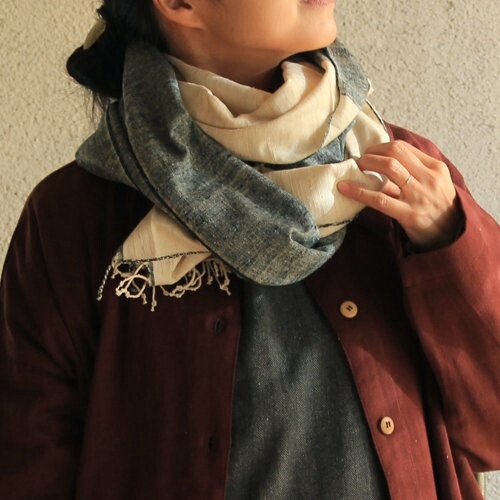
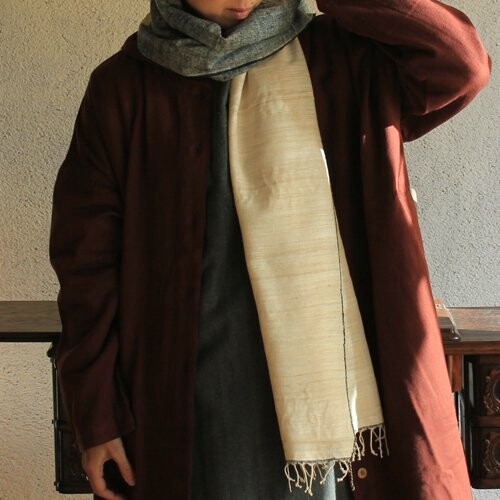


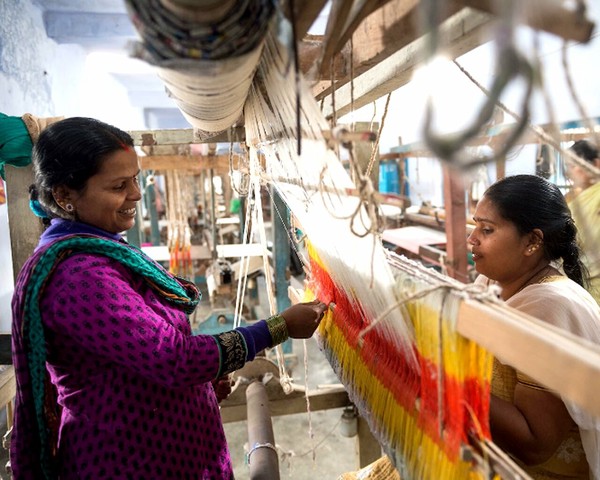




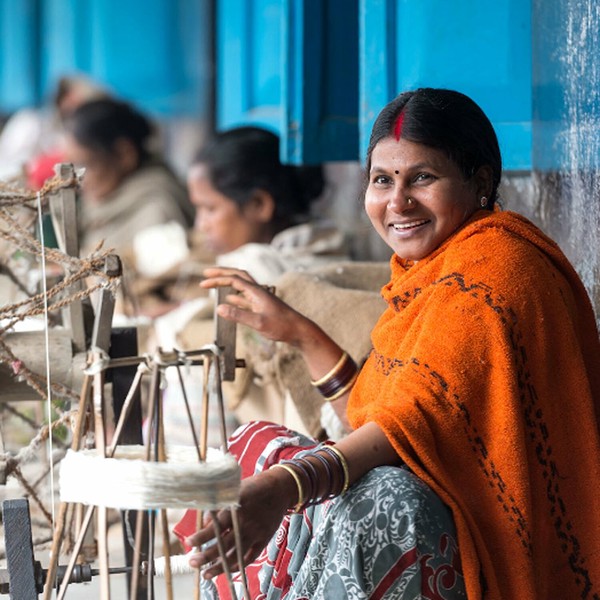


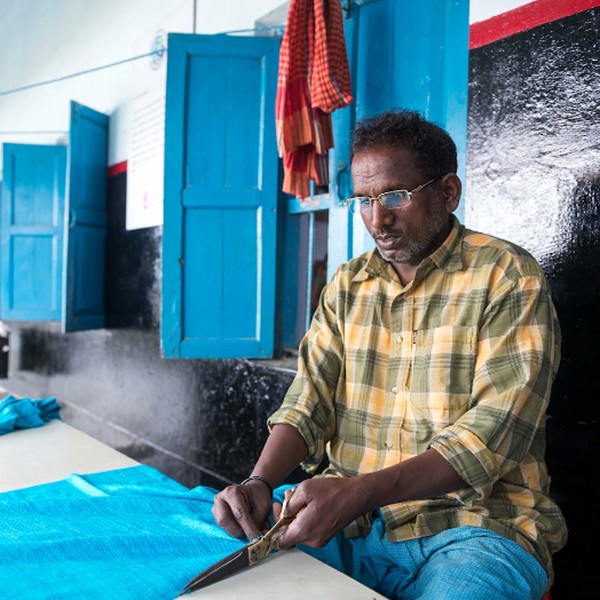

其他人感兴趣的
此类产品中的其他产品
SD商品编号:11863303
| 详情 | 价格 & 数量 | ||
|---|---|---|---|
| S1 |
双色埃利丝巾
2トーンエリシルクストール
(17AMES2101)
|
(17AMES2101)
批发价: 仅限会员
1点/组
有库存
|
|
| 出货时期 |
|---|
|
约1周
|
| 尺寸 |
|---|
|
约 50 厘米 x 180 厘米(包括流苏)
|
| 商品规格 |
|---|
描述
| 这款双色围巾由榆蚕丝制成,手感柔软,具有类似棉花的粗糙感,并具有出色的保暖性*和吸湿性。. 由于是双色围巾,颜色可以根据包裹方式的不同而变化,从而呈现出各种不同的外观。 [不杀生的理念 纬纱所用的丝是阿含沙(不杀生)丝,源自甘地哲学。 通常,在丝绸生产过程中,蚕在离开巢穴前会被活活煮死,蚕茧也会被从蚕茧中取出,因此里面的蚕里面的蚕就会死去。 相比之下,大乘蚕丝的制作不需要夺走蚕的生命,因为在蚕离开巢穴后,蚕茧会被小心翼翼地解开,蚕丝也会被小心翼翼地取出。相比之下,大乘蚕丝的制作过程不会夺走蚕的生命,因为在蚕离开巢穴后,蚕茧会被小心地解开,蚕丝会被纺成丝。 *为了保持产品的强度,经纱不是 Ahinsa 丝。 [制作通往明天的围巾] 这些围巾是由一个名为 "小花 "的团体制作的,该团体是公平贸易非政府组织 MESH 的成员。 该团体位于印度最贫穷的邦之一比哈尔邦,最初由麻风病人组成。漂流到这个国家。 在印度,人们对麻风病人和其他残疾人士的偏见仍然很严重,许多人找不到工作。在印度,人们对麻风病人和其他残疾人的偏见仍然很严重,很多人找不到工作。 纺纱、染色、绕线、手工编织...... 制作者们用自己的身体和大自然的力量制作每一条丝绸披肩,不依赖电力。 请来体验手工艺的美丽世界。 [公平贸易] |
更多
| 配送方法 | 估计到达 |
|---|---|
| Sea Mail | 从 2026年01月02日 到 2026年03月06日 |
| Air Mail | 从 2025年12月17日 到 2025年12月19日 |
| EMS | 从 2025年12月16日 到 2025年12月19日 |
| Pantos Express | 从 2025年12月18日 到 2025年12月23日 |
| DHL | 从 2025年12月16日 到 2025年12月18日 |
| UPS | 从 2025年12月16日 到 2025年12月18日 |
| FedEx | 从 2025年12月16日 到 2025年12月18日 |
|
某些交易条件可能仅适用于日本
*由于是手工编织,产品的宽度可能不尽相同,这取决于线的编织方式。
*洗涤时,请在阴凉处晾干,以防晒伤。 *洗涤或清洗时,深色可能会褪色,请与其他物品分开洗涤。 *洗涤或清洗时,深色可能会褪色,请与其他物品分开洗涤。 价格已修订,自 2023 年 11 月 10 日起生效。 |
此类产品中的其他产品:
由于是双色围巾,颜色可以根据包裹方式的不同而变化,从而呈现出各种不同的外观。
[不杀生的理念
纬纱所用的丝是阿含沙(不杀生)丝,源自甘地哲学。
通常,在丝绸生产过程中,蚕在离开巢穴前会被活活煮死,蚕茧也会被从蚕茧中取出,因此里面的蚕里面的蚕就会死去。
相比之下,大乘蚕丝的制作不需要夺走蚕的生命,因为在蚕离开巢穴后,蚕茧会被小心翼翼地解开,蚕丝也会被小心翼翼地取出。相比之下,大乘蚕丝的制作过程不会夺走蚕的生命,因为在蚕离开巢穴后,蚕茧会被小心地解开,蚕丝会被纺成丝。
*为了保持产品的强度,经纱不是 Ahinsa 丝。
[制作通往明天的围巾]
这些围巾是由一个名为 "小花 "的团体制作的,该团体是公平贸易非政府组织 MESH 的成员。
该团体位于印度最贫穷的邦之一比哈尔邦,最初由麻风病人组成。漂流到这个国家。
在印度,人们对麻风病人和其他残疾人士的偏见仍然很严重,许多人找不到工作。在印度,人们对麻风病人和其他残疾人的偏见仍然很严重,很多人找不到工作。
纺纱、染色、绕线、手工编织......
制作者们用自己的身体和大自然的力量制作每一条丝绸披肩,不依赖电力。
请来体验手工艺的美丽世界。
[公平贸易]
Since it is two-tone, the colors can be changed depending on how you wrap it, giving it a variety of different looks.
[The idea of ahimsa (non-life-giving)
The silk used for the weft is ahimsa (non-killing) silk, based on the Gandhian philosophy.
Normally, in the silk production process, silkworms are boiled alive before they leave the nest, and the cocoons are removed from the cocoons, so the silkworms inside die.
In contrast, ahimsa silk is made without taking away the lives of the silkworms, as the cocoons are carefully unraveled after they leave the nest and the threads are spun.
*The warp yarn is not Ahinsa silk in order to maintain the strength of the product.
[Making stoles that create a path to tomorrow]
These scarves are made by a group called Little Flower, a member of the fair trade NGO MESH.
Located in Bihar, one of the poorest states in India, the community was originally formed by leprosy patients who were forced to leave their villages and drifted into the country.
In India, where prejudice against people affected by leprosy and other disabilities remains strong, and many are unable to find work, the group makes stalls to help the makers and their families lead self-reliant lives.
Spinning, dyeing, winding, hand weaving...
The makers create each silk stole by their own bodies and the power of nature, without relying on electricity.
Please come and experience the beautiful world of handcraft.
[Fair Trade]